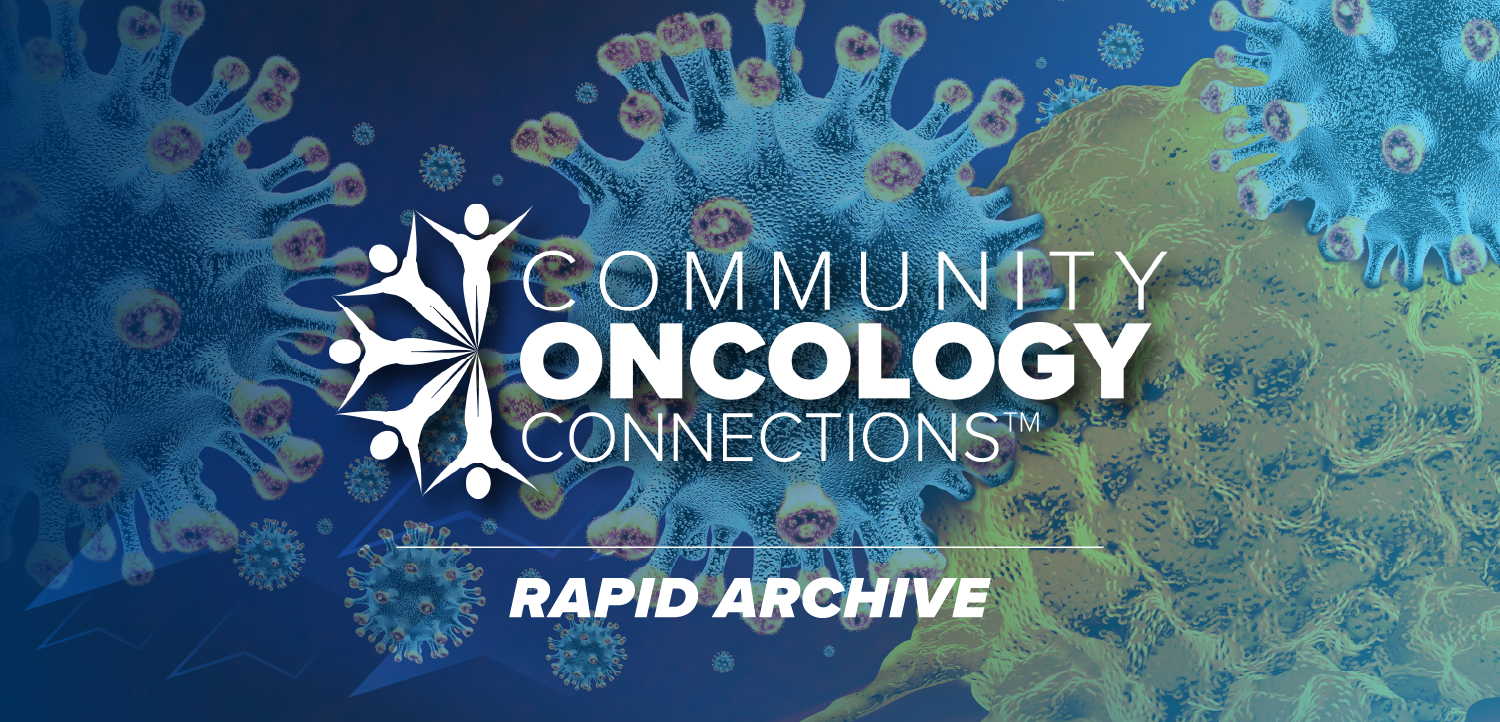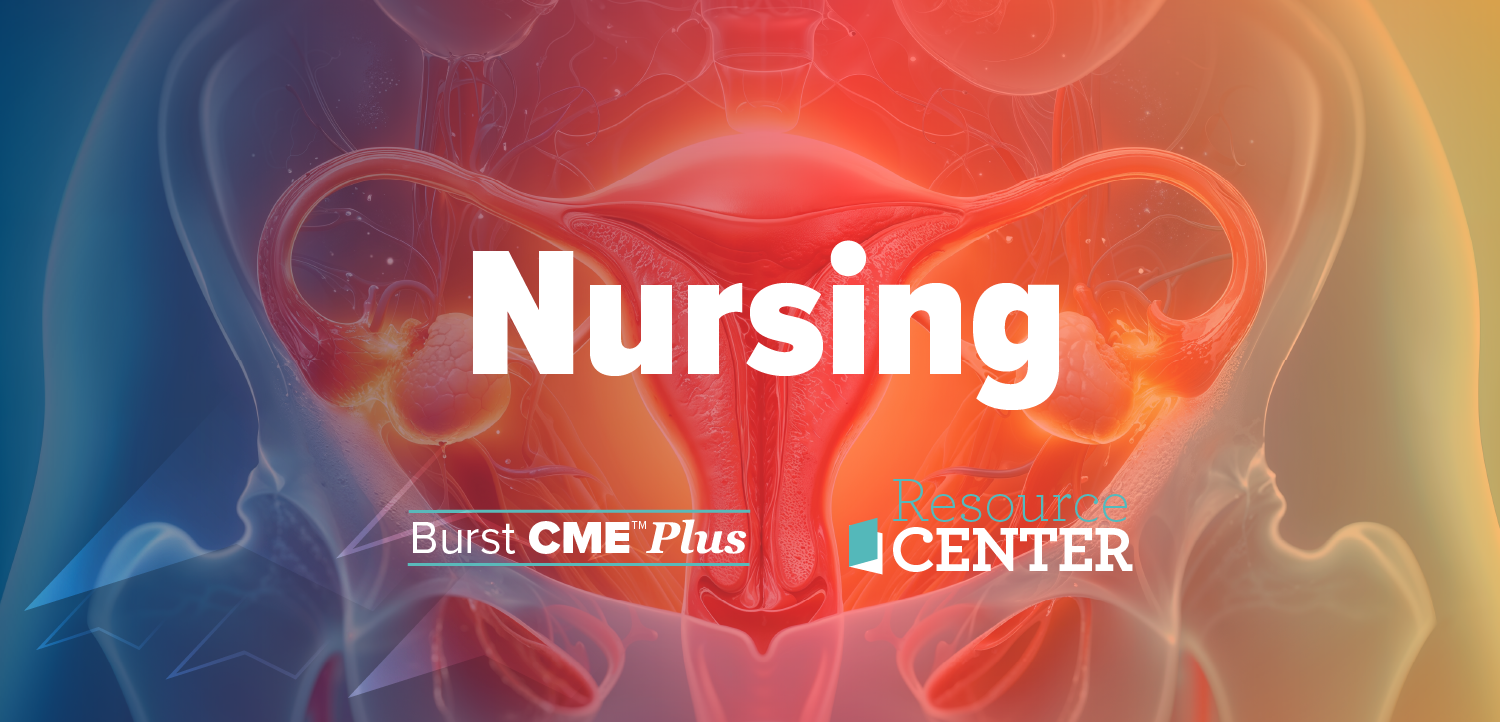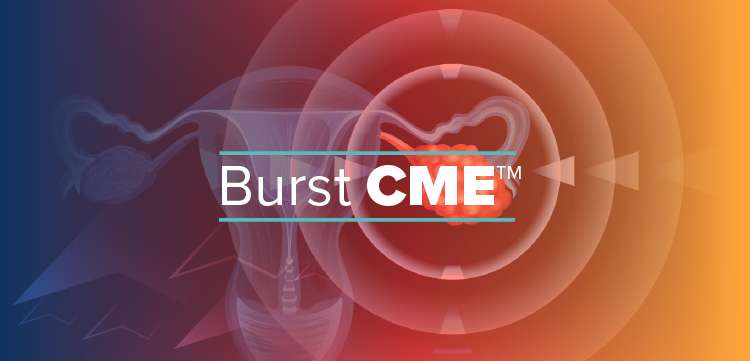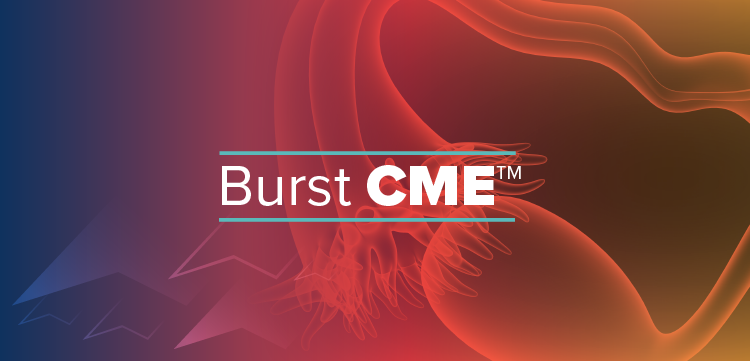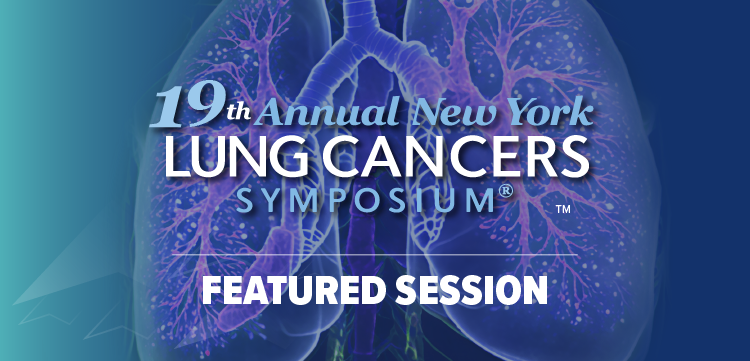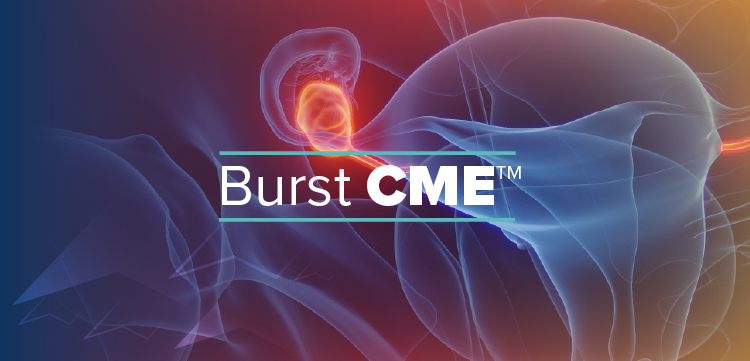
- ONCOLOGY Vol 39, Issue 3
- Volume 39
- Issue 3
- Pages: 120-123
3 Things You Should Know About Advances in Gastroesophageal Adenocarcinoma Therapy
Immunotherapy combinations and targeted therapy options may help bridge clinical gaps in early-stage, locally advanced, and metastatic gastroesophageal adenocarcinomas.
RELEASE DATE: April 1, 2025
EXPIRATION DATE: April 1, 2026
LEARNING OBJECTIVES
Upon successful completion of this activity, you should be better prepared to:
- Analyze data evaluating immunotherapy in the management of early- to late-stage gastric, gastroesophageal junction (GEJ), and esophageal adenocarcinoma
- Select appropriate treatment for a patient with gastric, GEJ, or esophageal adenocarcinoma based on patient-, molecular testing–, disease-, and treatment-related factors
Accreditation/Credit Designation
Physicians’ Education Resource®, LLC, is accredited by the Accreditation Council for Continuing Medical Education (ACCME) to provide continuing medical education for physicians.
Physicians’ Education Resource®, LLC, designates this enduring material for a maximum of 0.25 AMA PRA Category 1 Credits™. Physicians should claim only the credit commensurate with the extent of their participation in the activity.
Acknowledgment of commercial support
This activity is supported by educational grants from AstraZeneca Pharmaceuticals, Inc, and Gilead Sciences, Inc.
Off-label disclosure/disclaimer
This activity may or may not discuss investigational, unapproved, or off-label use of drugs. Learners are advised to consult prescribing information for any products discussed. The information provided in this activity is for accredited continuing education purposes only and is not meant to substitute for the independent clinical judgment of a health care professional relative to diagnostic, treatment, or management options for a specific patient’s medical condition. The opinions expressed in the content are solely those of the individual faculty members and do not reflect those of PER or any company that provided commercial support for this activity.
Instructions for participation/how to receive credit
- Read this activity in its entirety.
- Go to
https://www.gotoper.com/gss25gi-postref to access and complete the posttest. - Answer the evaluation questions.
- Request credit using the drop-down menu.
YOU MAY IMMEDIATELY DOWNLOAD YOUR CERTIFICATE.
New immunotherapy (IO) combinations and targeted therapy options are under investigation to bridge the clinical gaps remaining in early-stage, locally advanced, and metastatic gastric, esophageal, and esophagogastric junction adenocarcinomas (GEAs). Here are 3 things you should know about advances in GEA treatment.
1. The role of perioperative IO in gastric cancer has yet to be settled.
For patients with early-stage, resectable, and locally advanced GEA, the FLOT regimen (fluorouracil, leucovorin, oxaliplatin, and docetaxel) is a category 1–recommended perioperative chemotherapy according to guidelines from the NCCN.1,2 Building on the success of IO in the metastatic setting, several investigations have demonstrated an increase in pathological complete response (pCR) rate when IO was added to perioperative chemotherapy (Figure 1).3-5 On the other hand, in the KEYNOTE-585 trial (NCT03221426), there was no significant benefit in terms of event-free or overall survival (OS) with the addition of perioperative pembrolizumab to perioperative chemotherapy.5 Survival data in the DANTE (NCT03421288) and MATTERHORN (NCT04592913) trials have yet to be published. This discrepancy between pCR and survival raises the question of whether pCR is an appropriate surrogate end point for clinically meaningful outcomes in the evaluation of IO in gastric cancer.
2. IO has an established role in metastatic gastric and GEJ adenocarcinoma.
The anti–PD-1 antibodies nivolumab and pembrolizumab have been incorporated into the management of unresectable locally advanced, recurrent, or metastatic gastroesophageal cancers.1,2 However, data from pivotal studies like KEYNOTE-859 (NCT03675737), CheckMate 649 (NCT02872116), and KEYNOTE-811 (NCT03615326) suggest that the benefit associated with these agents is limited to patients with PD-L1–positive disease, with cutoffs ranging from 1% to 10% depending on the treatment, HER2 status, histology, and disease site.6-9 In September 2024, the FDA convened the Oncologic Drugs Advisory Committee to discuss the adequacy of PD-L1 expression in esophagogastric cancers, voting that the risk-benefit is not favorable in GEA and in esophageal squamous cell carcinoma when PD-L1 expression is less than 1% by combined positivity score. The FDA’s stance on this matter underscores the lack of definitive benefit for patients with PD-L1–low or –negative esophagogastric cancers.
Novel immunotherapeutic approaches are also being explored for unresectable disease (Figure 2). The multiarm, global EDGE-Gastric trial (NCT05329766) is investigating the benefit of combining the anti–T-cell immunoglobulin and ITM domain (TIGIT) antibody domvanalimab with the anti–PD-1 antibody zimberelimab and FOLFOX (leucovorin, fluorouracil, and oxaliplatin) in patients with locally advanced, unresectable or metastatic gastric, gastroesophageal junction (GEJ), or esophageal adenocarcinoma.10 Arm A1 enrolled 41 patients with previously untreated disease. The objective response rate (ORR) was 59% (95% CI, 42%-74%), whereas the ORRs in patients with high PD-L1–expressing tumors (≥ 5% by tumor area positivity [TAP]) and low-expressing tumors (< 5% by TAP) were 80% (95% CI, 52%-96%) and 46% (95% CI, 26%-67%), respectively. The most common treatment-emergent adverse events (TEAEs) were neutropenia (56%), nausea (54%), and anemia (27%). TEAEs of grade 3 or higher were reported in 66% of patients, including 54% attributed to chemotherapy and 12% attributed to IO. Serious TEAEs related to chemotherapy occurred in 7% of patients; no serious TEAEs were related to IO. Treatment discontinuation occurred in 13 patients due to chemotherapy and 1 patient due to IO.
3. The number of actionable biomarkers in GEA continues to expand.
Current clinically relevant biomarker testing to help in the selection of frontline treatment for patients with advanced GEA includes PD-L1 to inform the use of nivolumab or pembrolizumab and HER2 expression to inform the use of trastuzumab.1,2 The claudin 18.2 (CLDN18.2) antibody zolbetuximab was recently approved in combination with chemotherapy for CLDN18.2-positive (75% or higher by immunohistochemistry [IHC]), advanced or metastatic GEA based on positive progression-free survival (PFS) and OS findings from the phase 3 studies SPOTLIGHT (NCT03504397) and GLOW (NCT03653507).11,12
Additionally, patients with FGFR2b-amplified GEA have demonstrated a survival benefit from bemarituzumab in the phase 2 FIGHT trial (NCT03694522).13 A total of 155 patients with HER2–nonpositive, FGFR2b-selected GEA were randomly assigned 1:1 to receive either bemarituzumab plus modified FOLFOX (mFOLFOX) or placebo plus mFOLFOX. Median OS in the overall population was 19.2 months (95% CI, 13.6-not reached [NR]) in the bemarituzumab arm vs 13.5 months (95% CI, 9.3-15.9) in the placebo arm (HR, 0.60; 95% CI, 0.38-0.94). Among patients with FGFR2b overexpression of at least 10% by IHC, the OS benefits were more pronounced, with a median OS of 25.4 months (95% CI, 13.8 months-NR) in the bemarituzumab arm vs 11.1 months (95% CI, 8.4-13.8) in the placebo arm (HR, 0.41; 95% CI, 0.23-0.74). Serious TEAEs occurred in 32% of patients in the bemarituzumab group and 36% of patients in the placebo group.14 The phase 3 FORTITUDE-101 (NCT05052801) trial of bemarituzumab plus mFOLFOX6 vs placebo plus mFOLFOX6 is underway. The primary end point is OS, and secondary end points include PFS, ORR, and TEAEs.
Investigations into the prevalence of HER2 overexpression, CLDN18.2, PD-L1, and microsatellite instability in patient populations suggest biomarker overlap that may inspire novel drug combinations in the future (Figure 3).15,16 Moreover, it is unclear at this time how to optimally sequence targeted and immunologic therapies in combination with chemotherapy when patients have overlap of actionable biomarkers.
Key References
5. Al-Batran SE, Shitara K, Folprecht G, et al. Pembrolizumab plus FLOT vs FLOT as neoadjuvant and adjuvant therapy in locally advanced gastric and gastroesophageal junction cancer: interim analysis of the phase 3 KEYNOTE-585 study. J Clin Oncol. 2024;42(suppl 3):247. doi:10.1200/JCO.2024.42.3_suppl.247
9. Janjigian YY, Kawazoe A, Bai Y, et al. Pembrolizumab in HER2-positive gastric cancer. N Engl J Med. 2024;391(14):1360-1362. doi:10.1056/NEJMc2408121
12. Xu RH, Shitara K, Ajani JA, et al. Zolbetuximab + CAPOX in 1L claudin-18.2+ (CLDN18.2+)/HER2− locally advanced (LA) or metastatic gastric or gastroesophageal junction (mG/GEJ) adenocarcinoma: primary phase 3 results from GLOW. J Clin Oncol. 2023;41(suppl 36):405736. doi:10.1200/JCO.2023.41.36_suppl.405736
For full reference list visit
1. You are referred a 56-year-old patient with recently diagnosed metastatic gastric adenocarcinoma. HER2 is negative by IHC; PD-L1 is 15% by TAP; CLDN18.2 is 50% by IHC. Which of the following treatment approaches would be most appropriate at this time?
A. Chemotherapy (mFOLFOX [modified leucovorin, fluorouracil, and oxaliplatin] or CAPOX [capecitabine and oxaliplatin])
B. Chemotherapy plus an anti–PD-1 antibody
C. Chemotherapy plus zolbetuximab
D. Chemotherapy plus an anti-PD-1 antibody plus zolbetuximab
2. Results of the phase 2 EDGE-Gastric trial, which evaluated the combination of anti-TIGIT (domvanalimab) and anti-PD-1 IO (zimberelimab) in patients with newly diagnosed unresectable or metastatic esophagogastric adenocarcinoma, showed which of the following?
A. The combination was active only in patients with PD-L1 TAP less than 5%.
B. The combination was active only in patients with PD-L1 TAP of at least 5%.
C. The combination was active irrespective of PD-L1 TAP.
D. The combination had low response rates irrespective of PD-L1 TAP.
Claim Your CME Credit at
To learn more about this topic, including information on biomarker testing, the impact of microsatellite instability on outcomes, and combinations of IO and chemoradiation in the neoadjuvant, adjuvant, or perioperative settings in gastroesophageal adenocarcinoma, go to
CME Provider Contact information
Physicians’ Education Resource®, LLC
2 Commerce Drive, Suite 110, Cranbury, NJ 08512
Toll-Free: 888-949-0045
Local: 609-378-3701
Fax: 609-257-0705
info@gotoper.com
Articles in this issue
Newsletter
Stay up to date on recent advances in the multidisciplinary approach to cancer.





